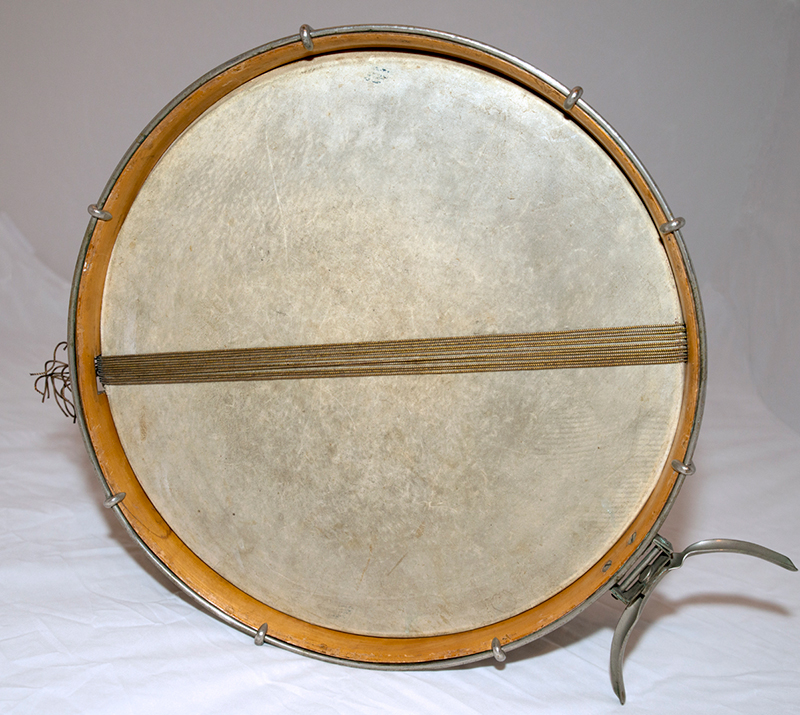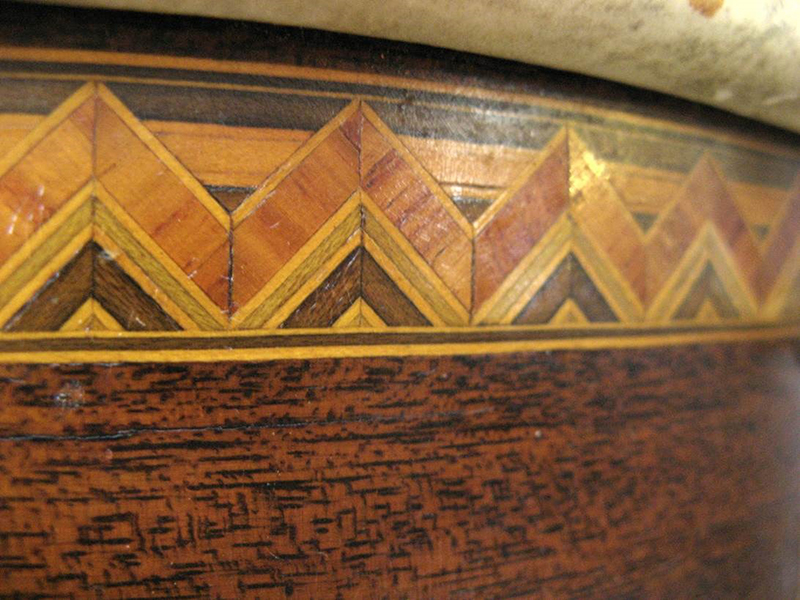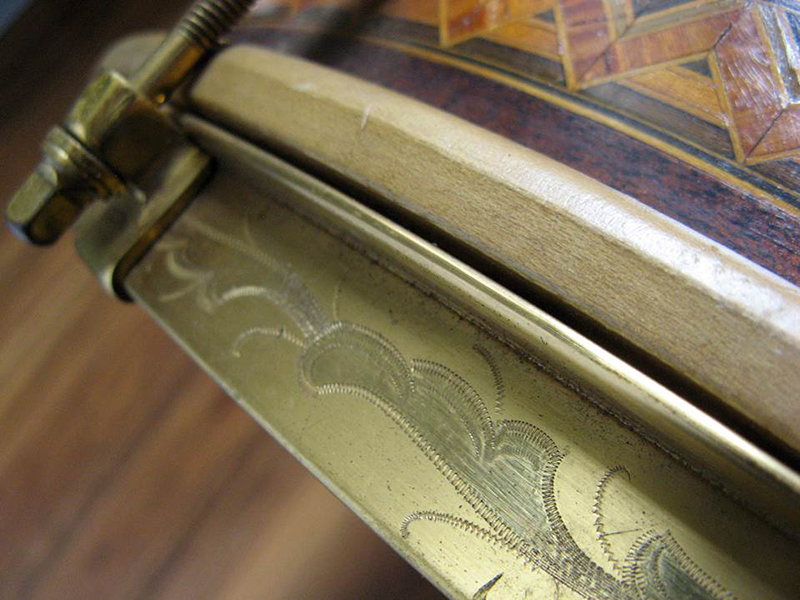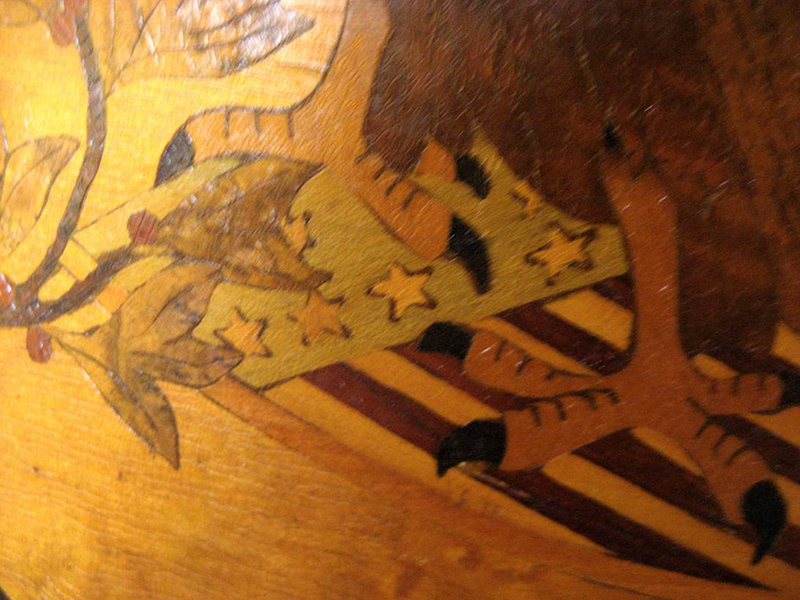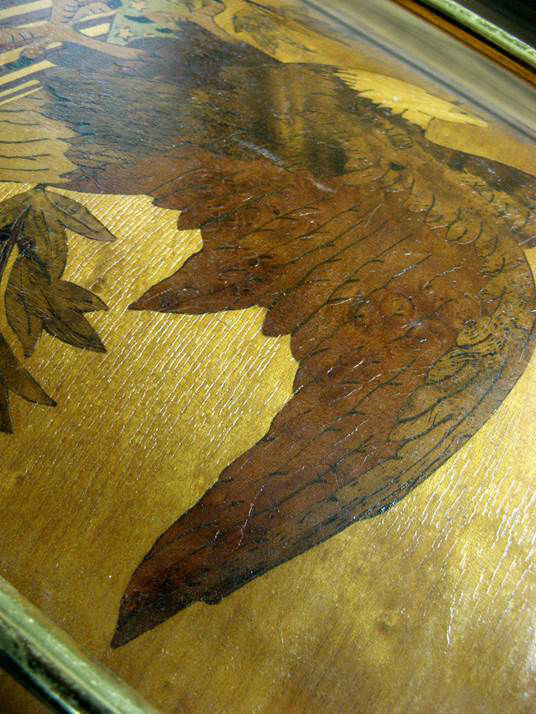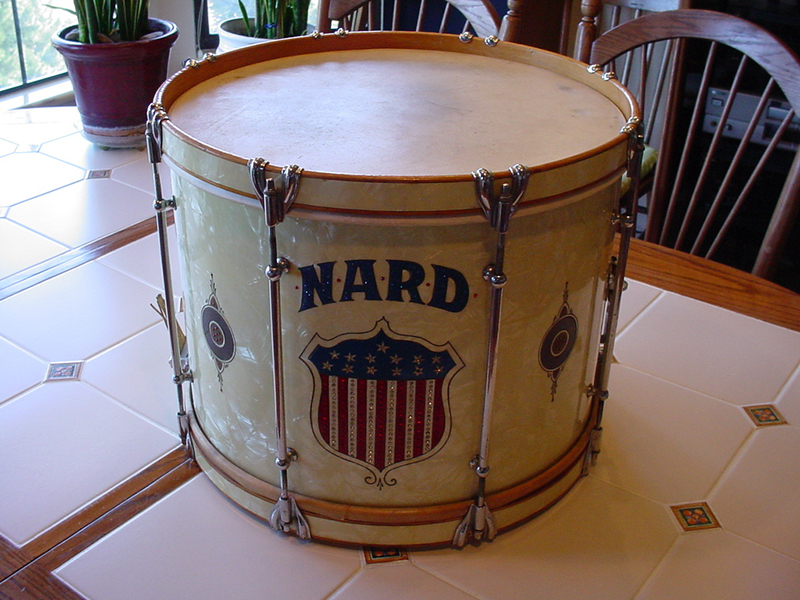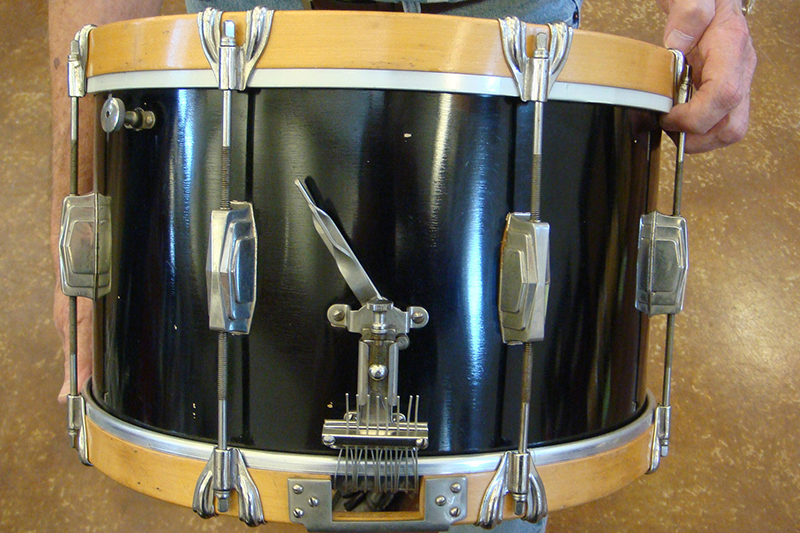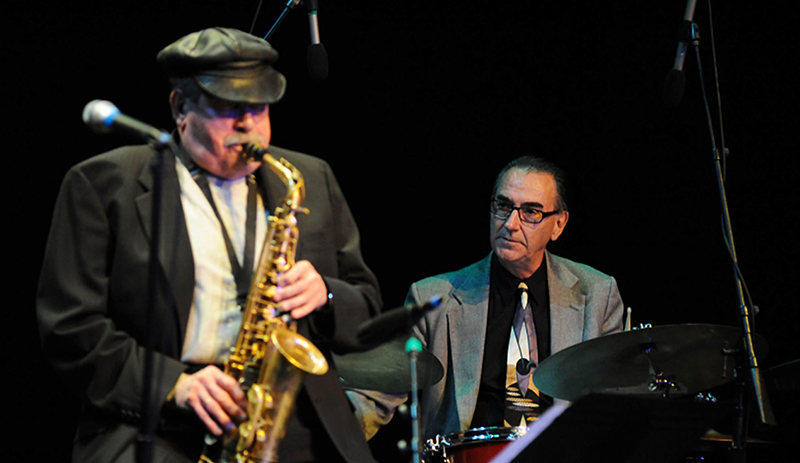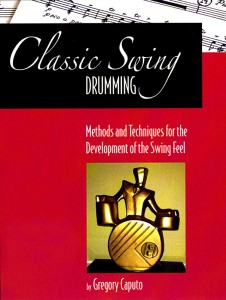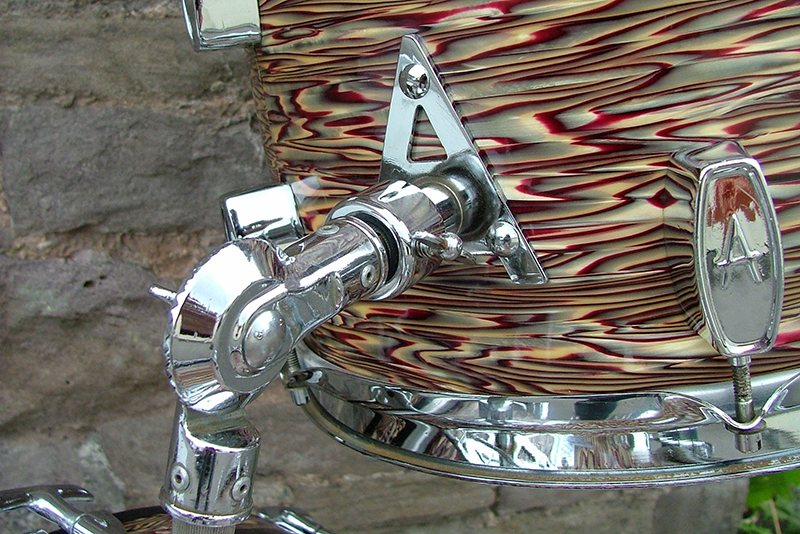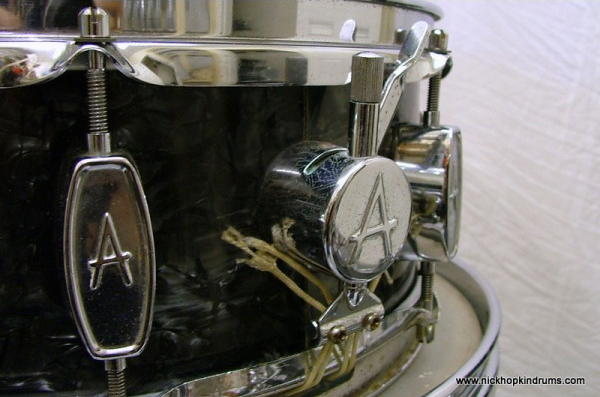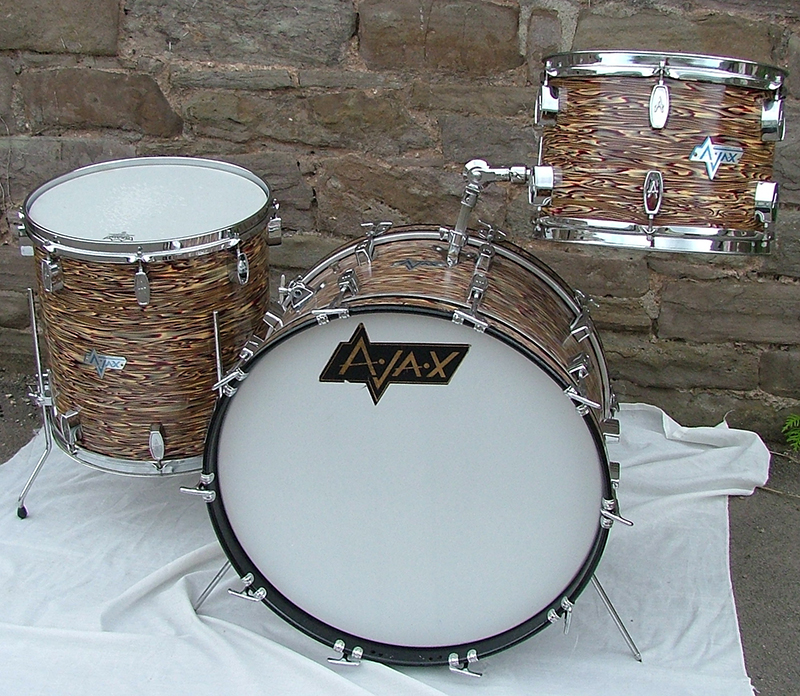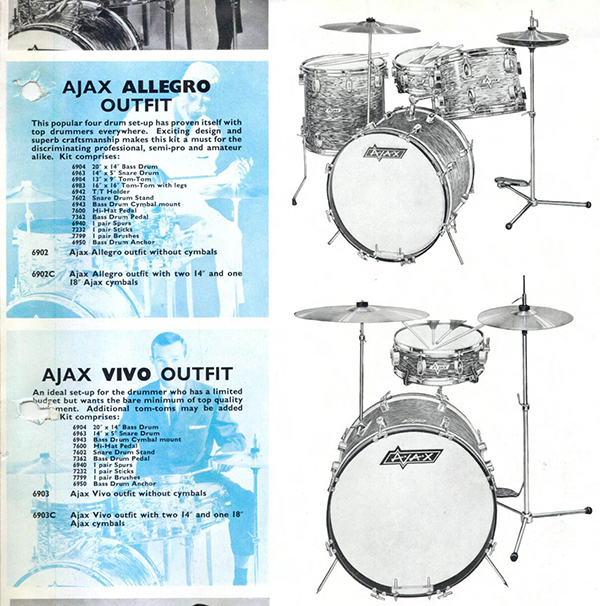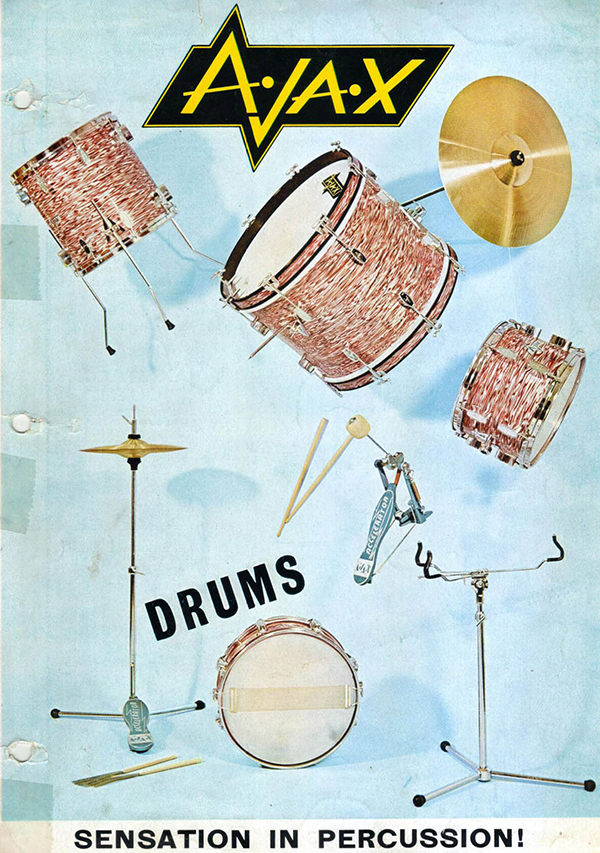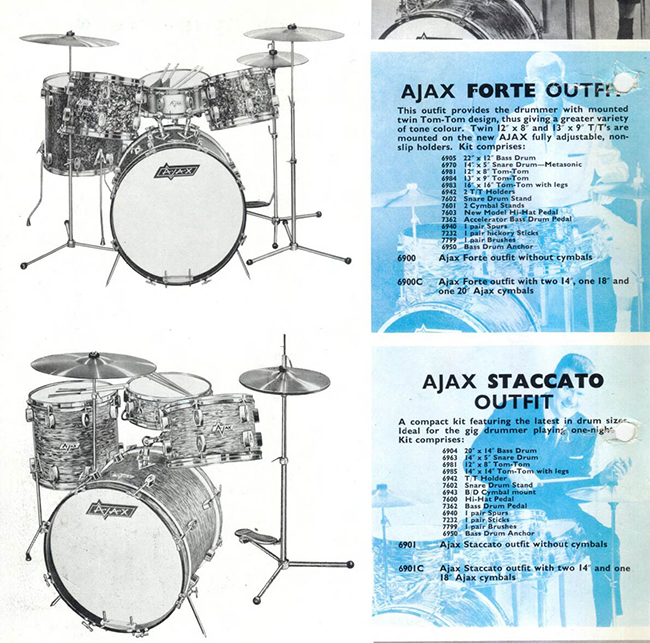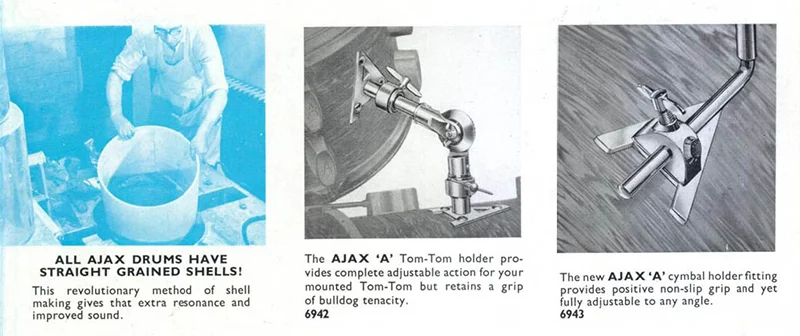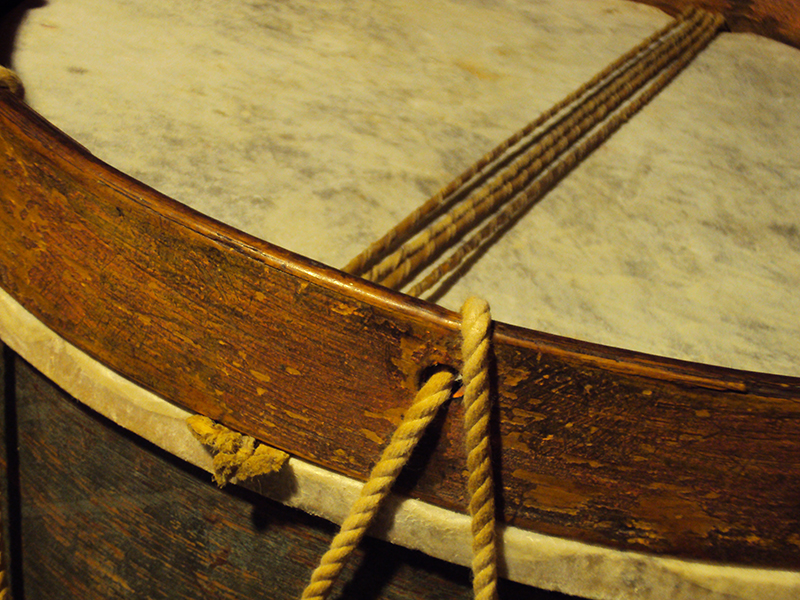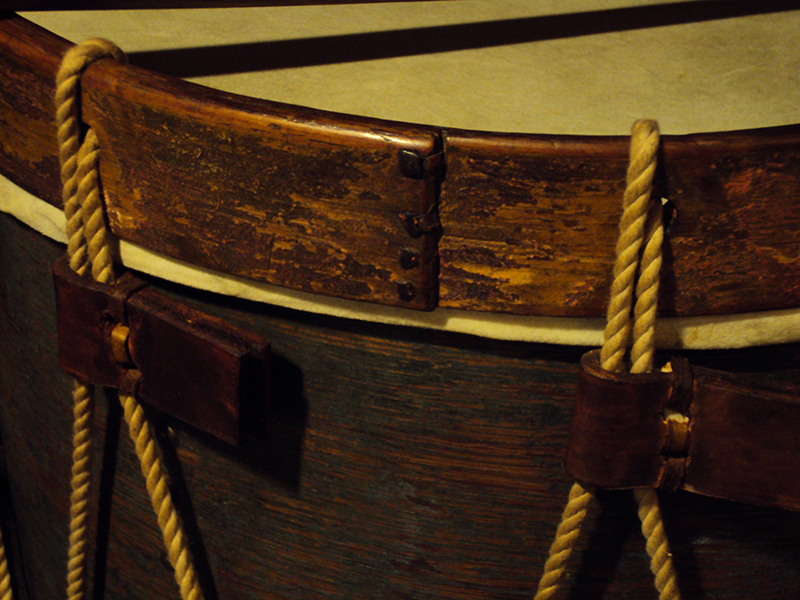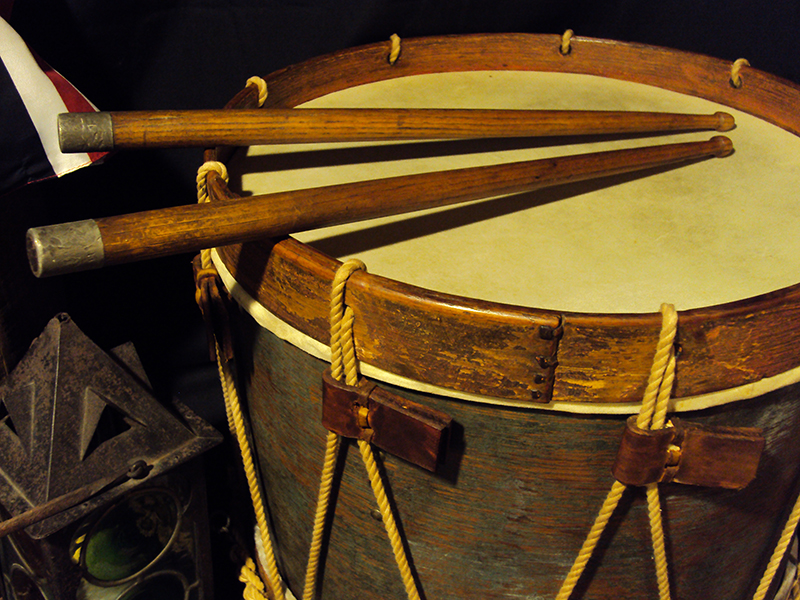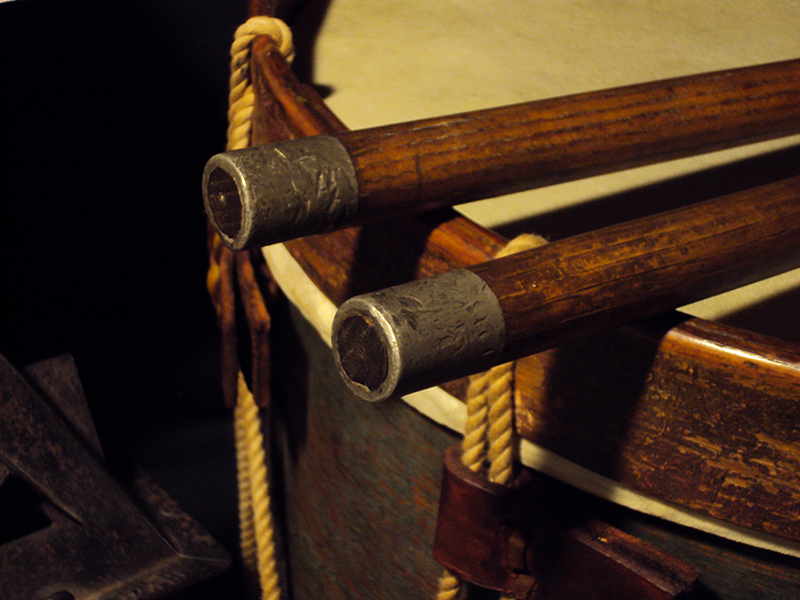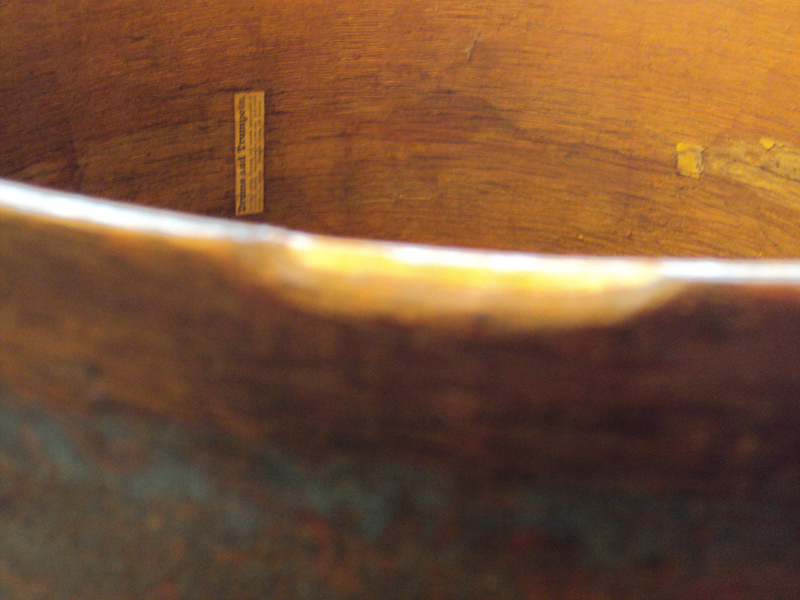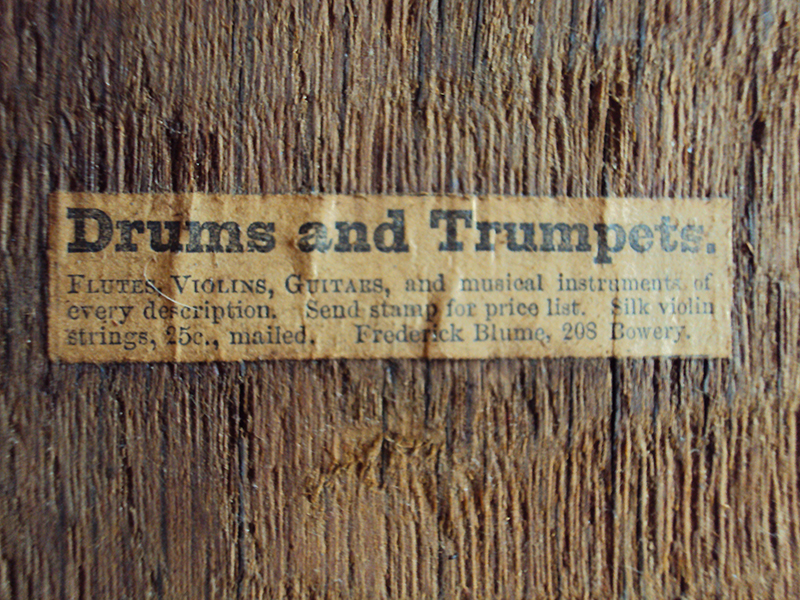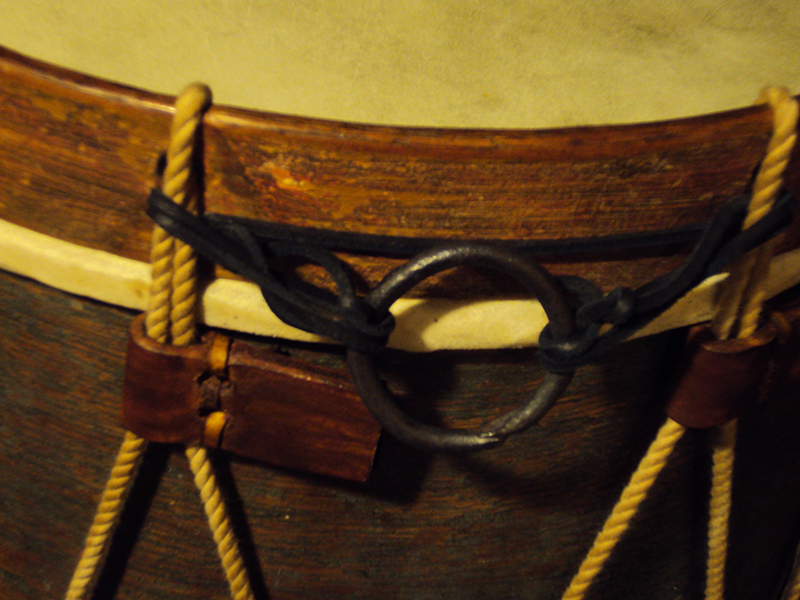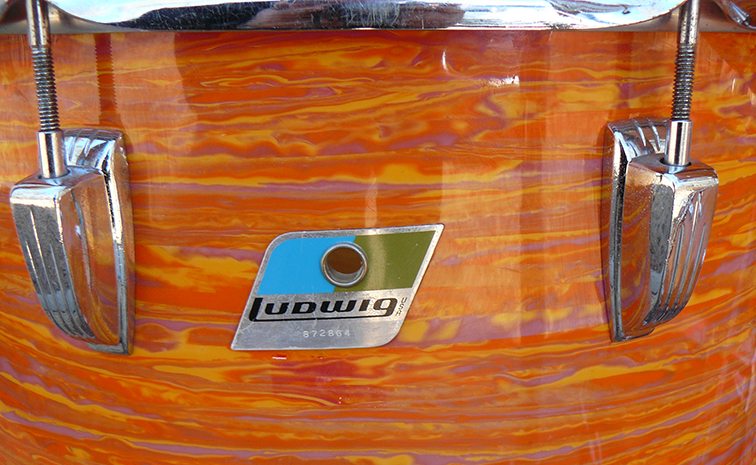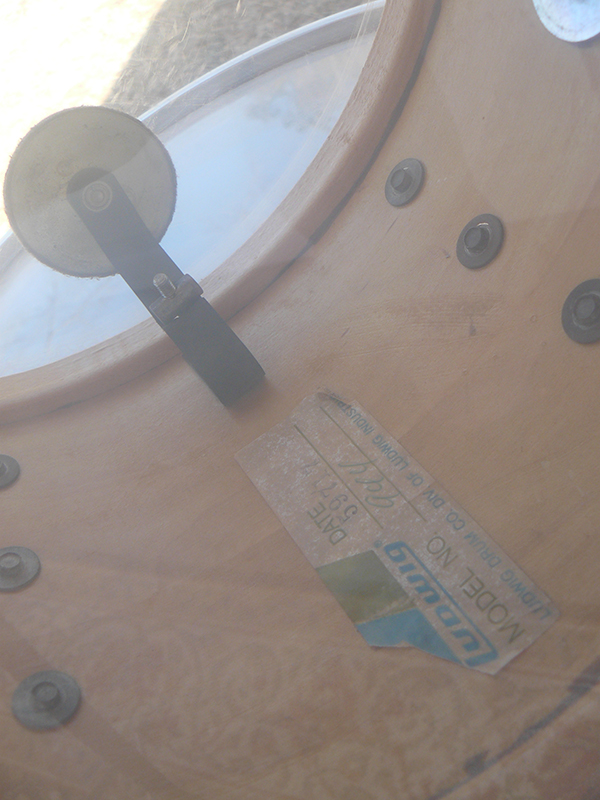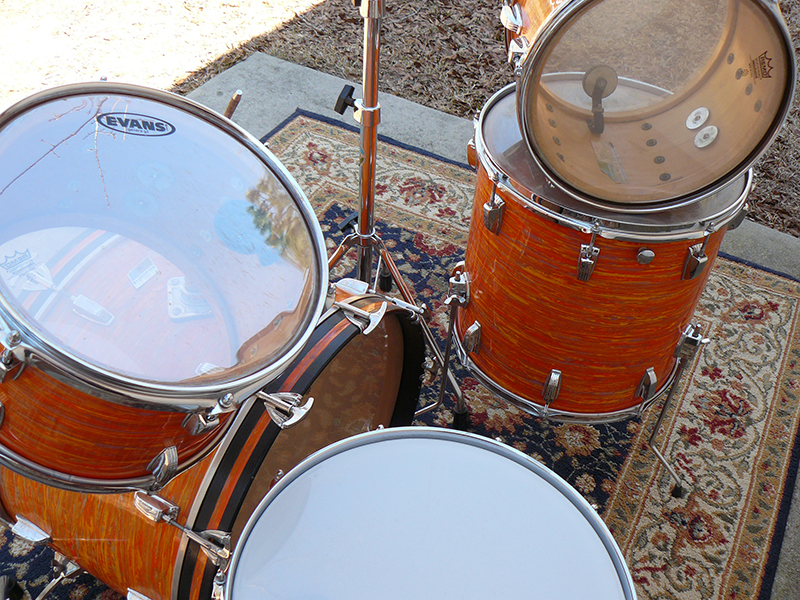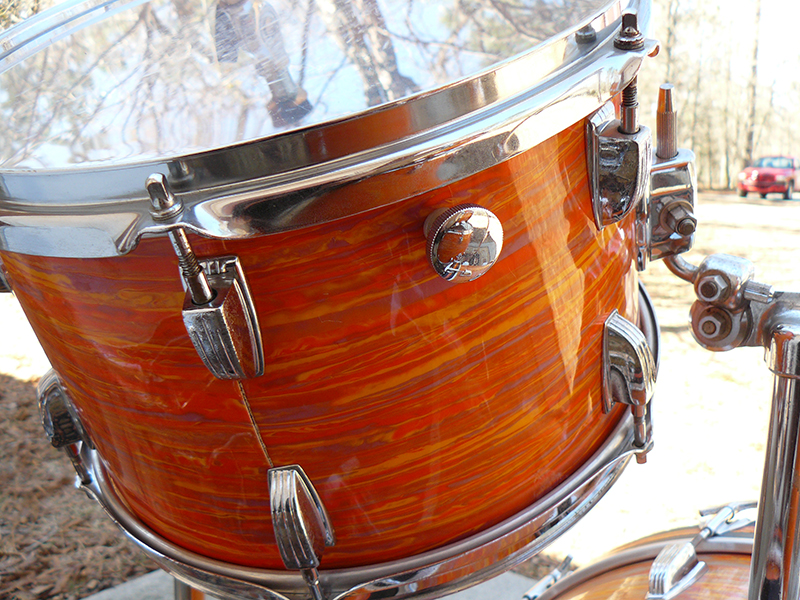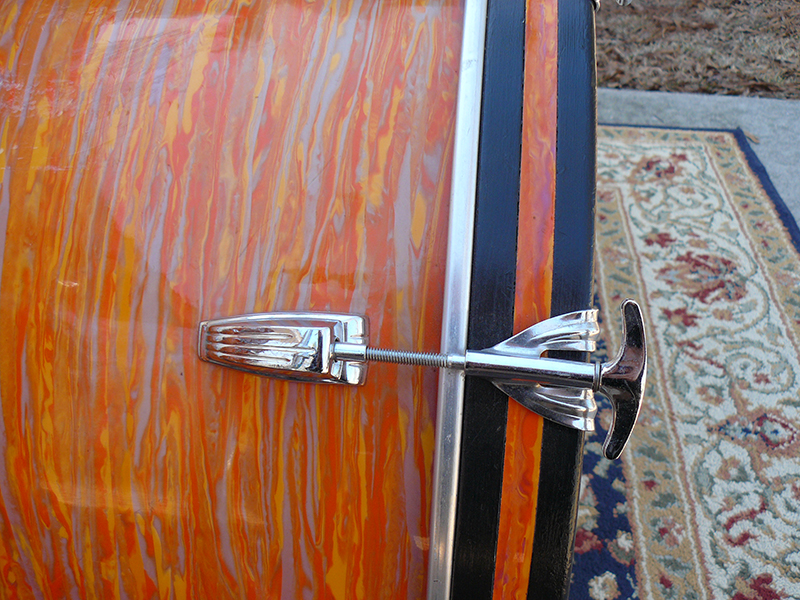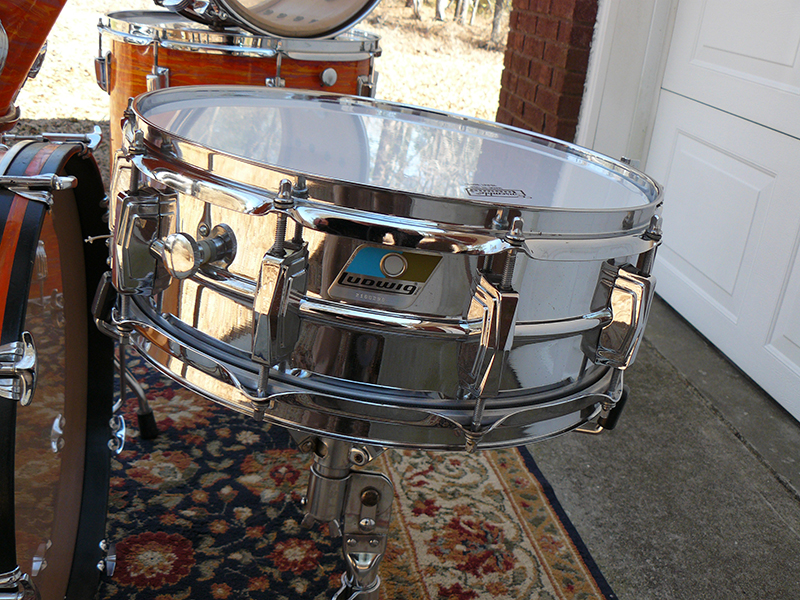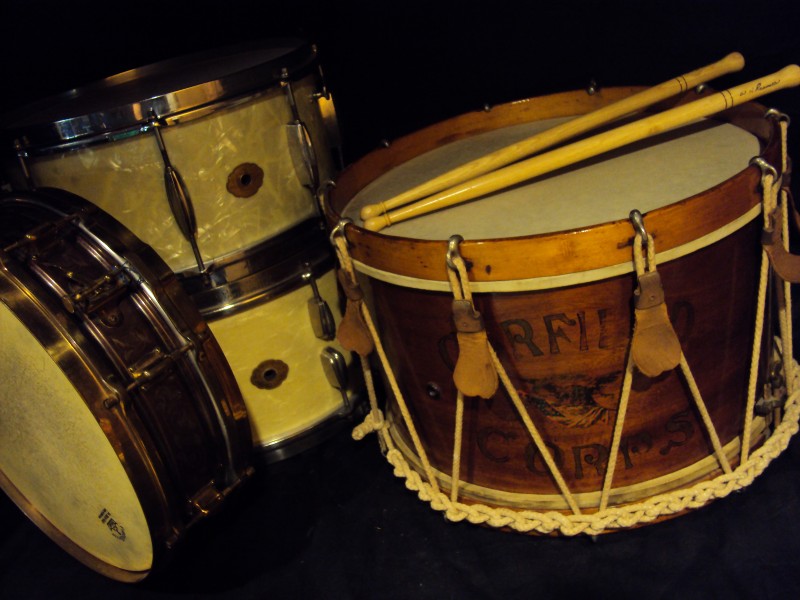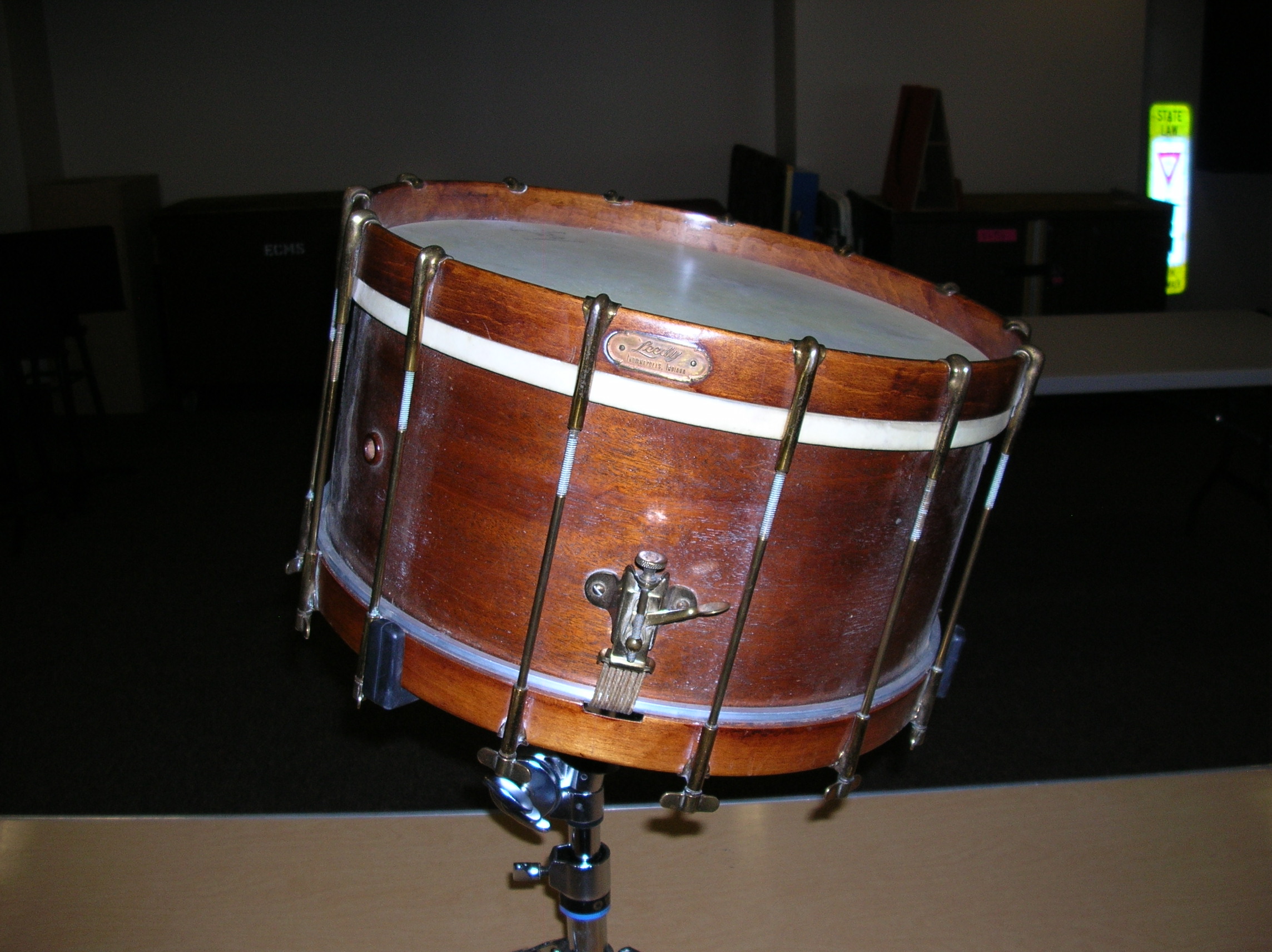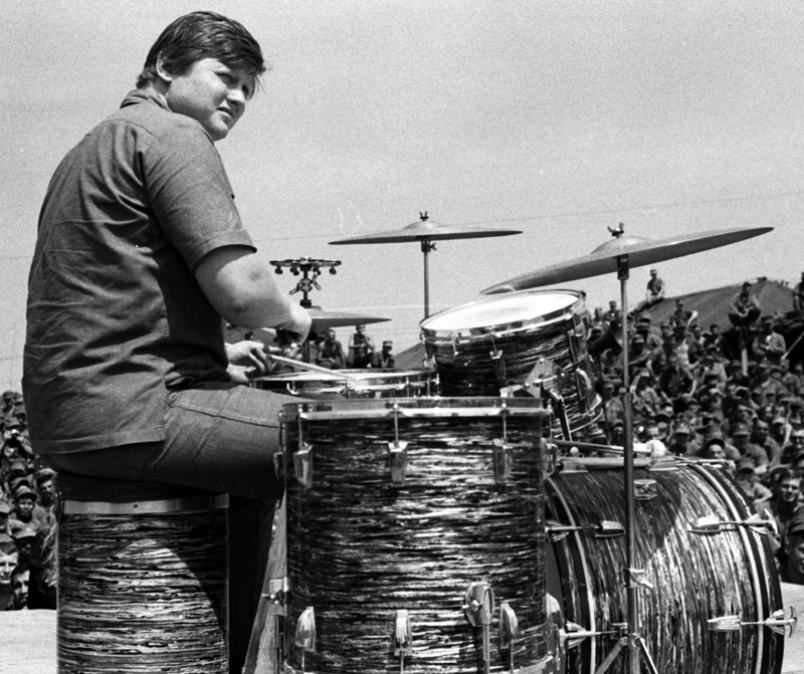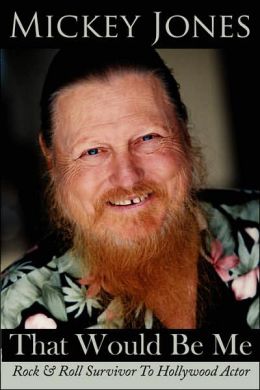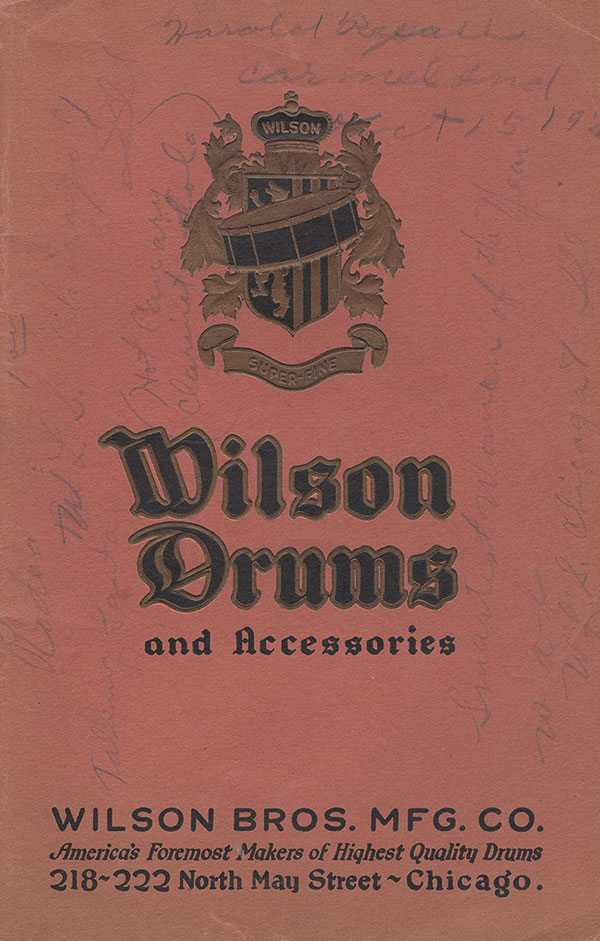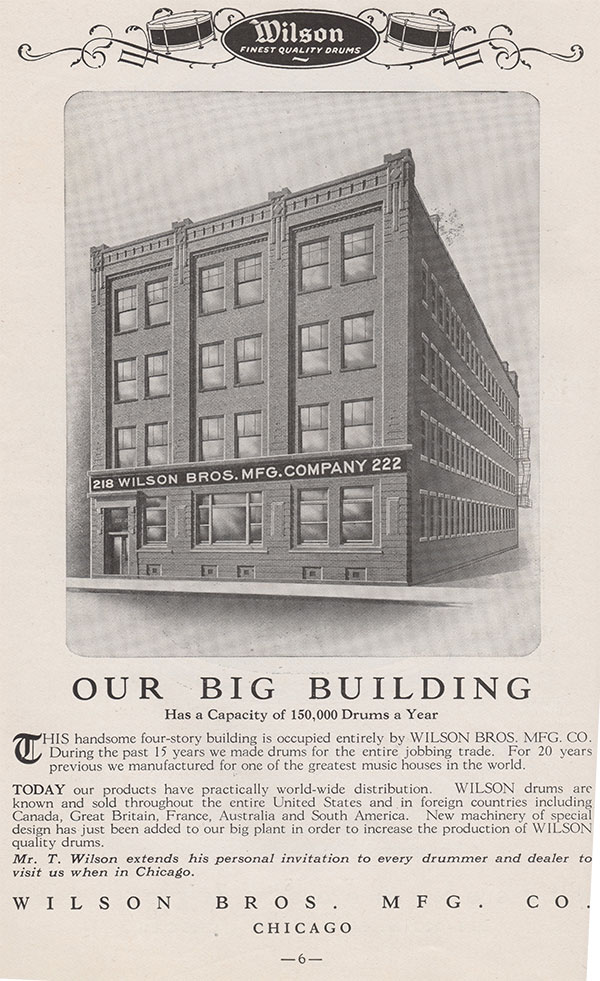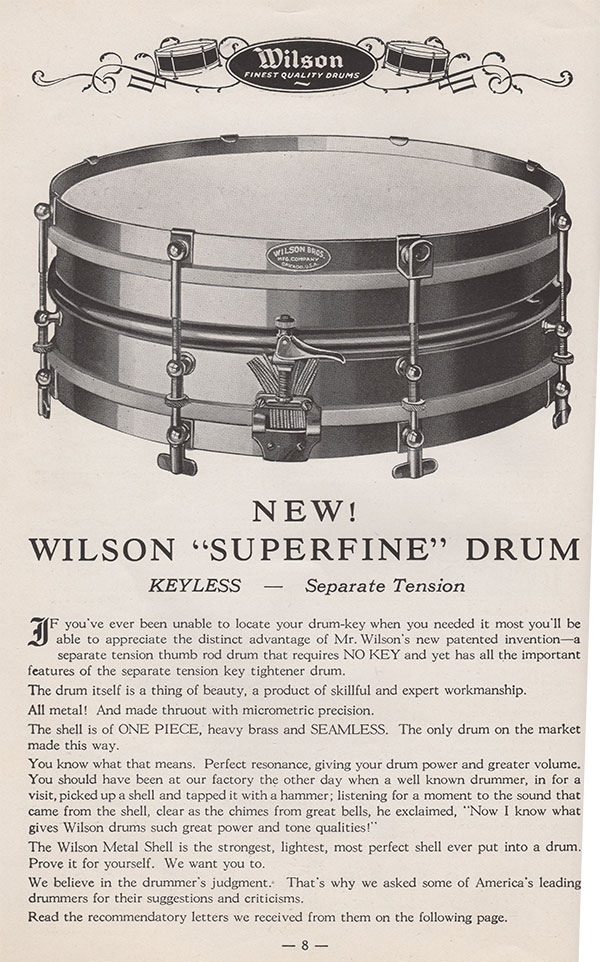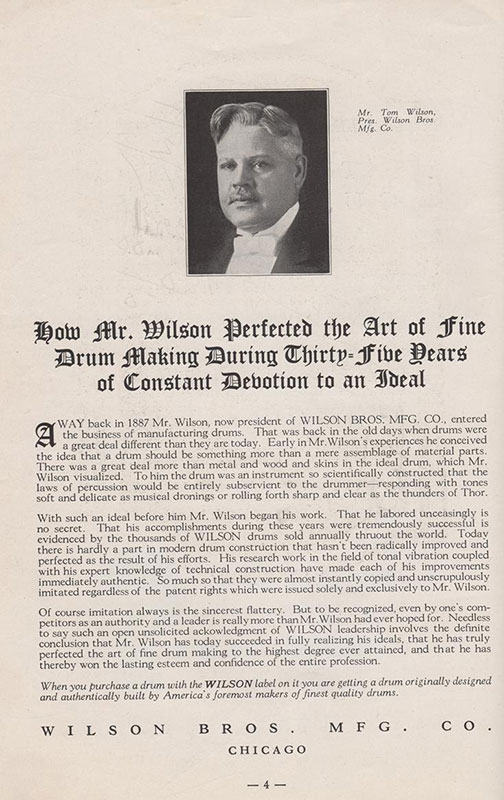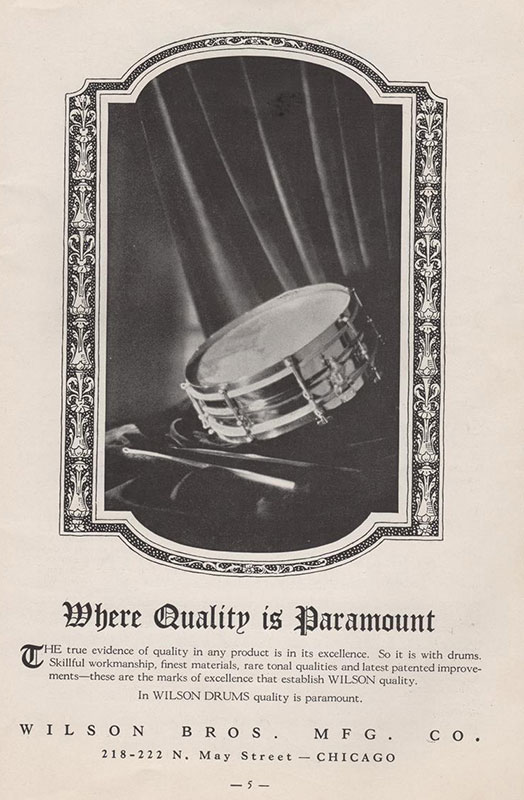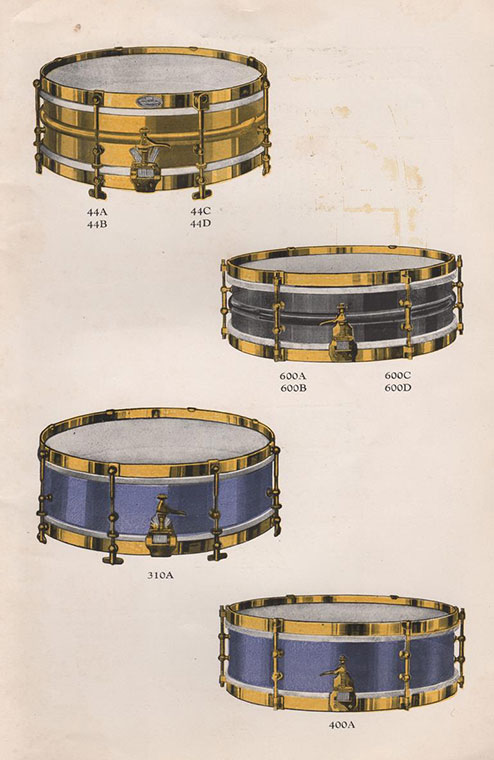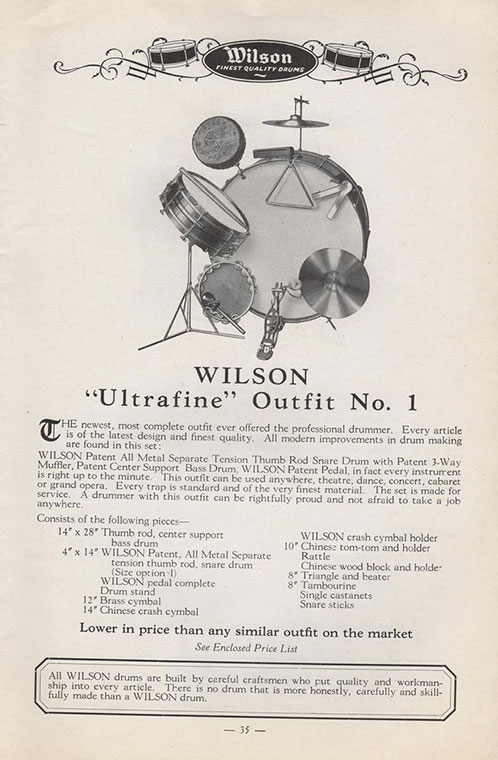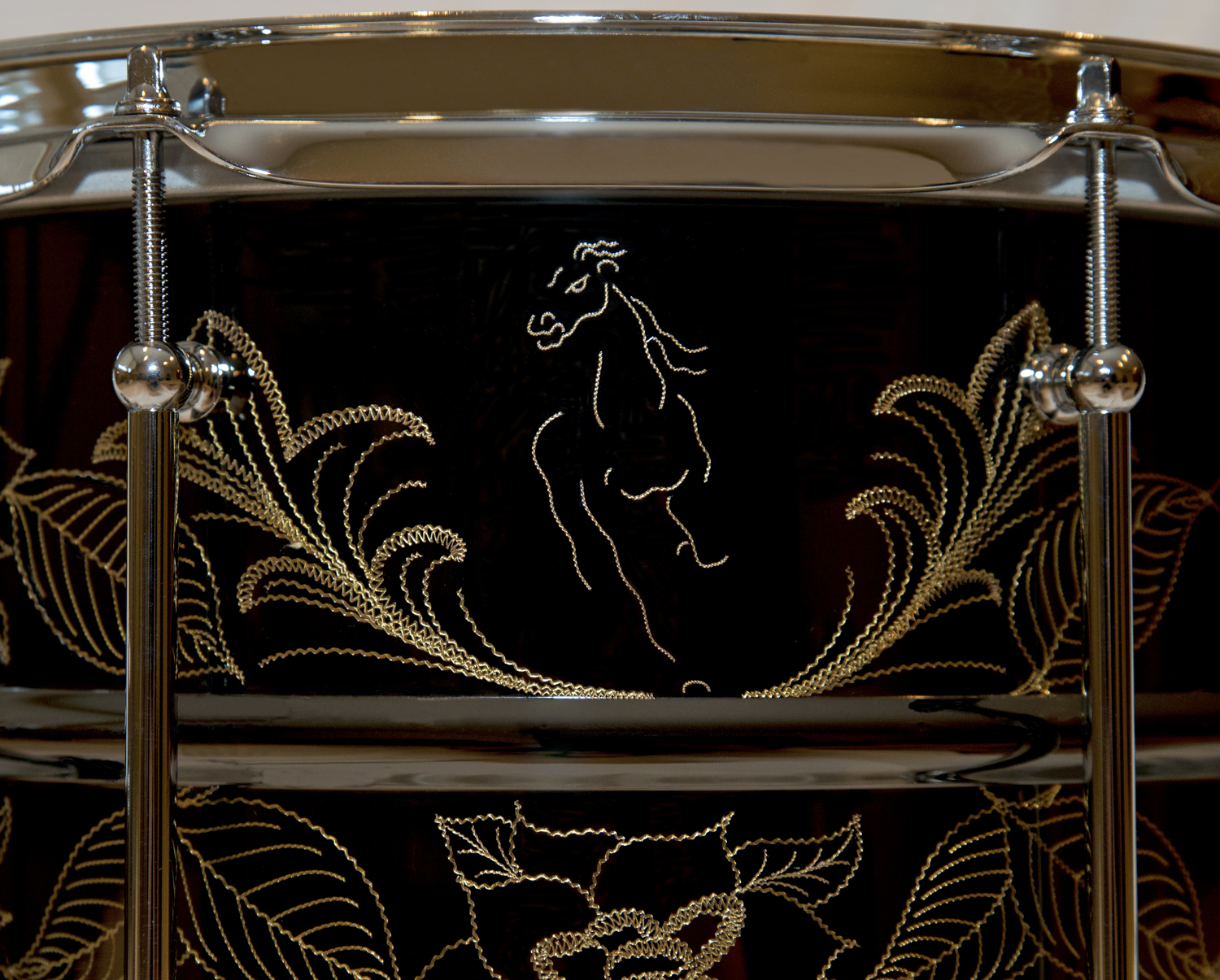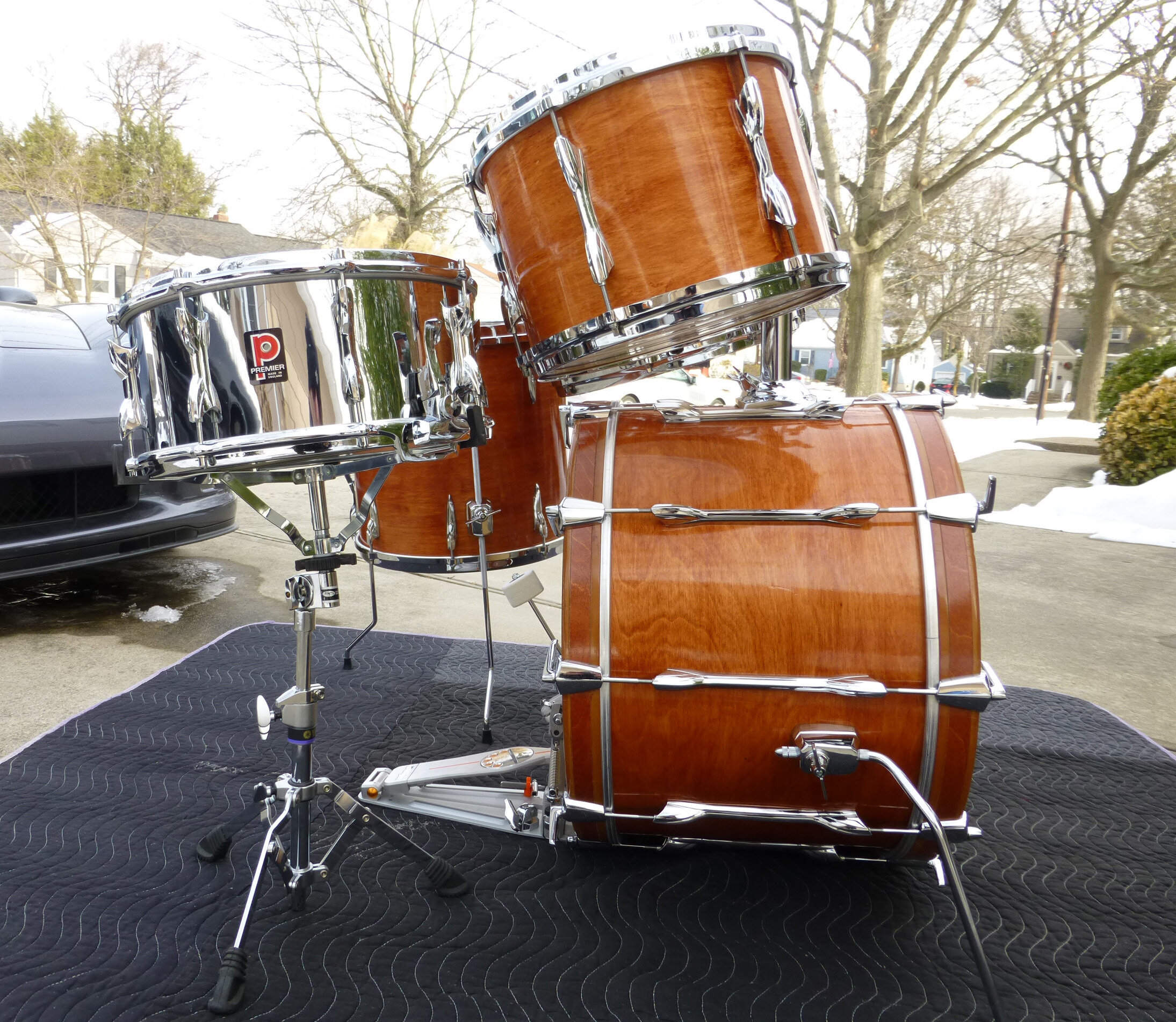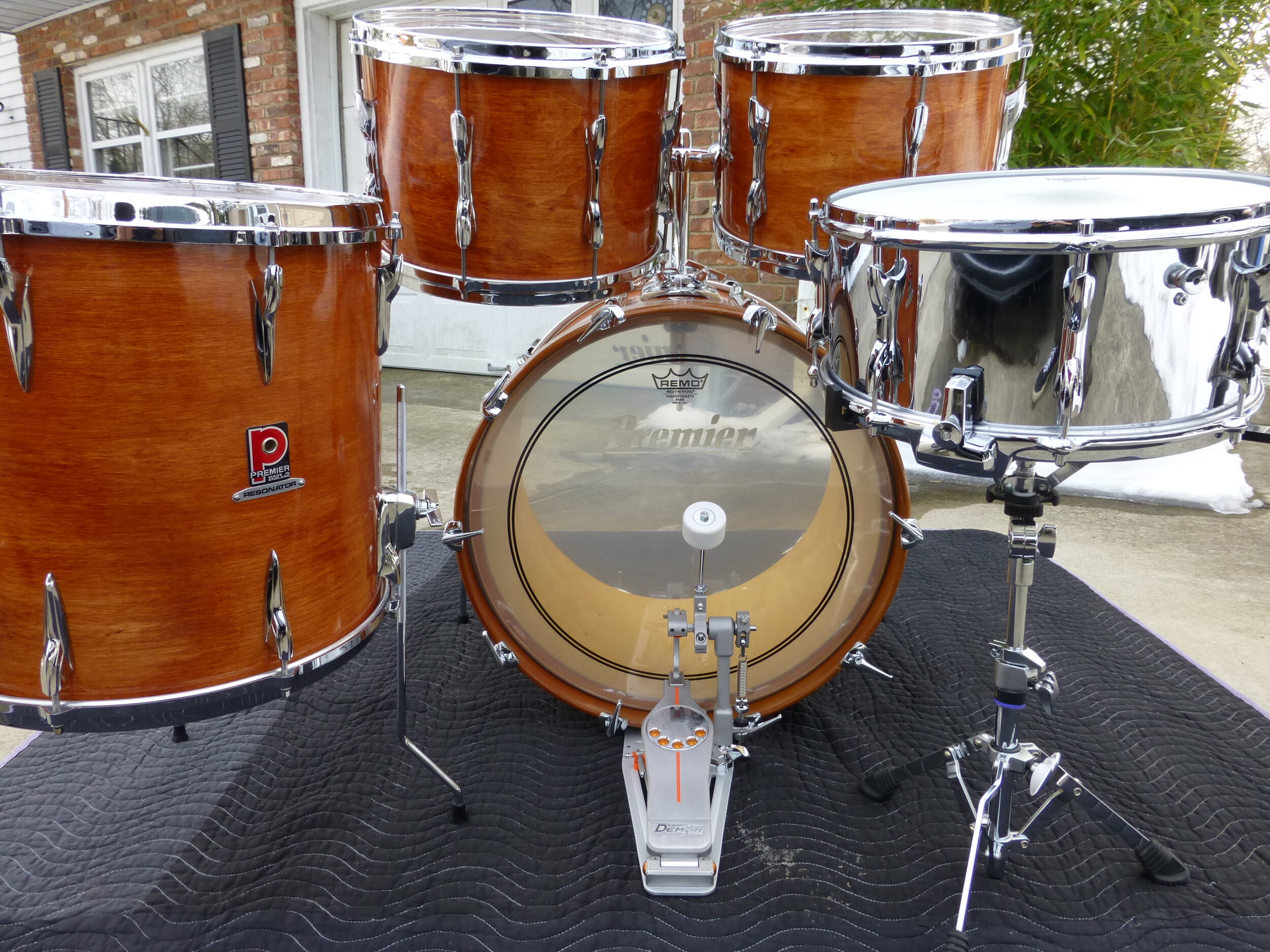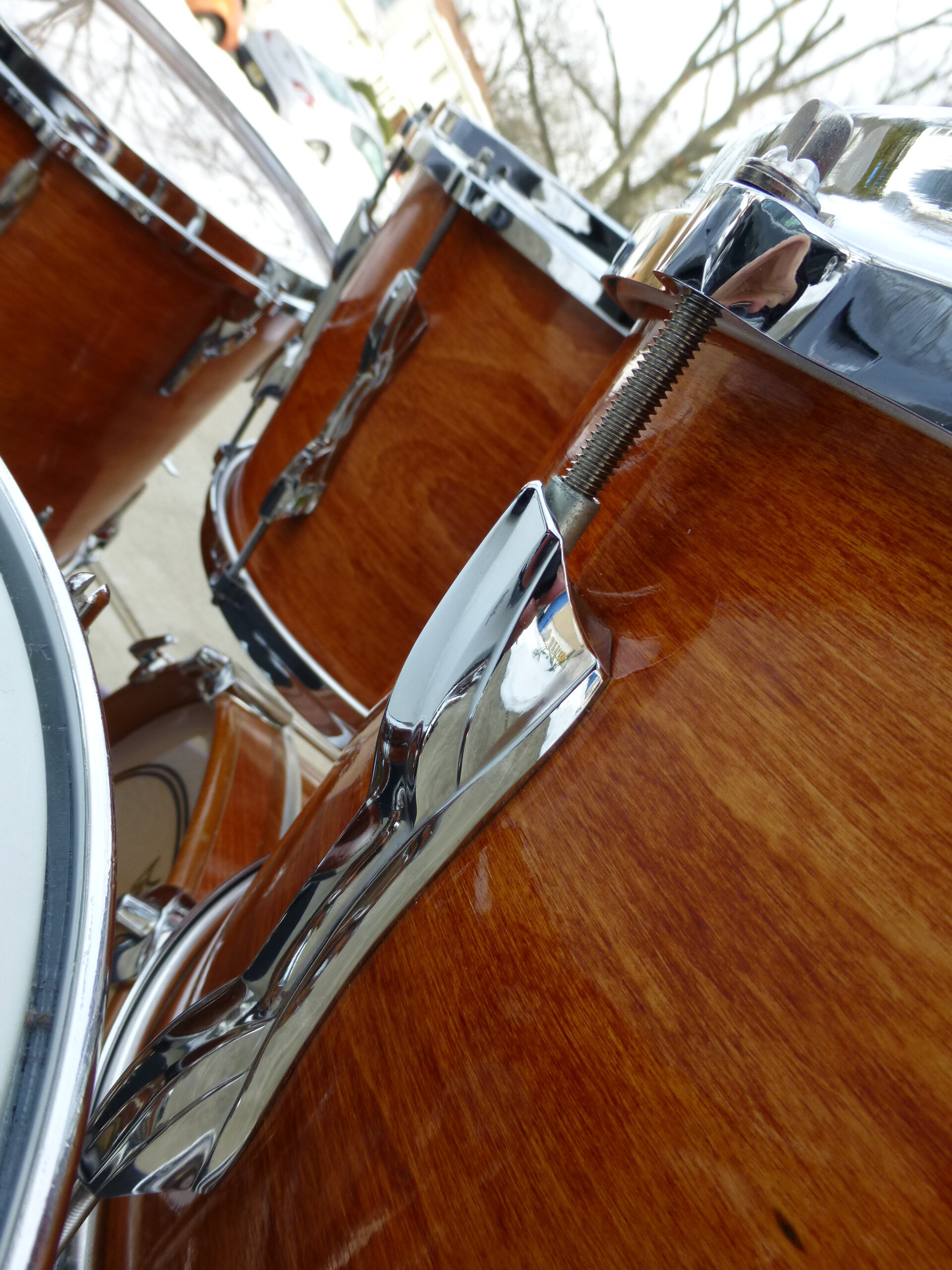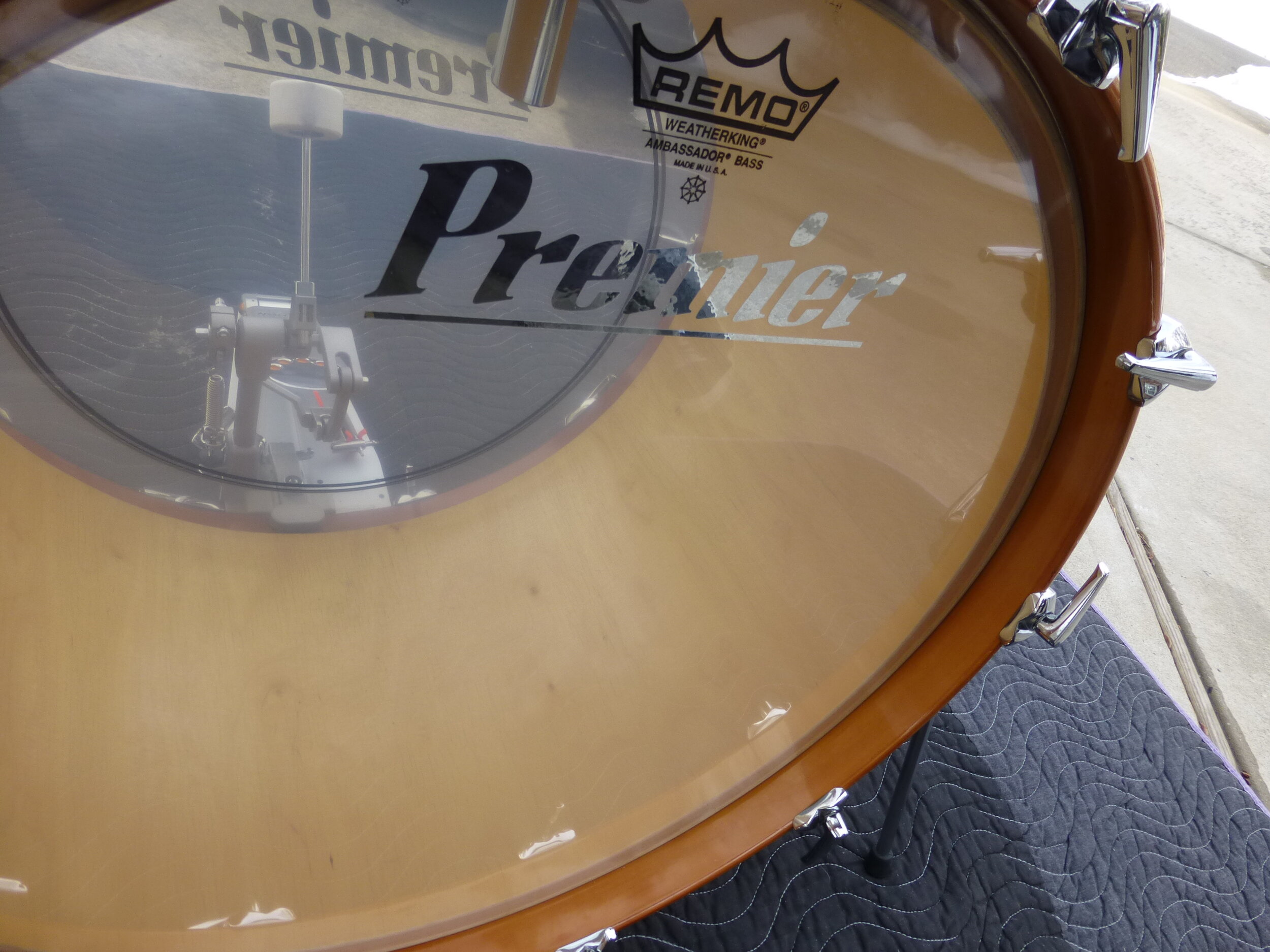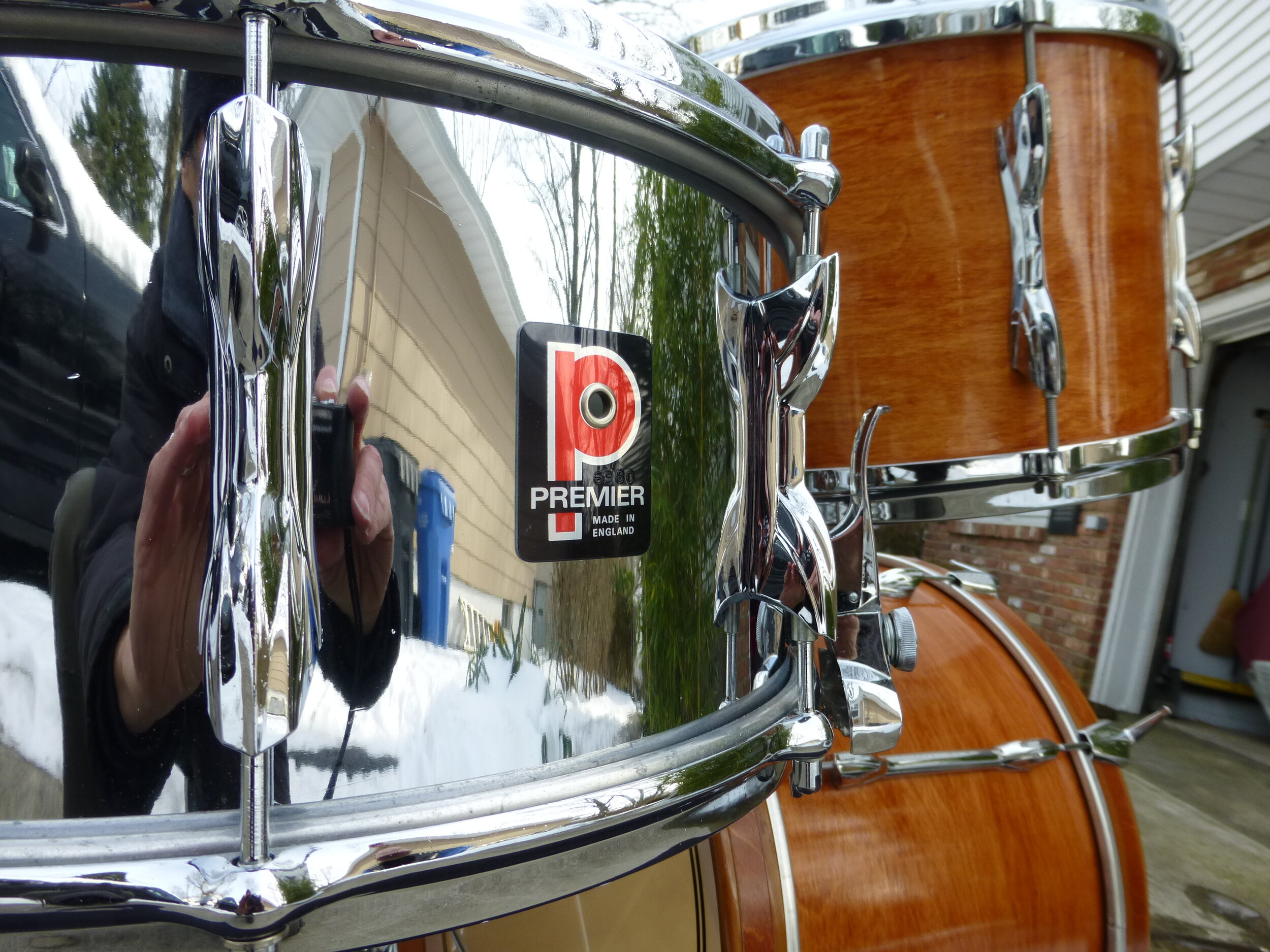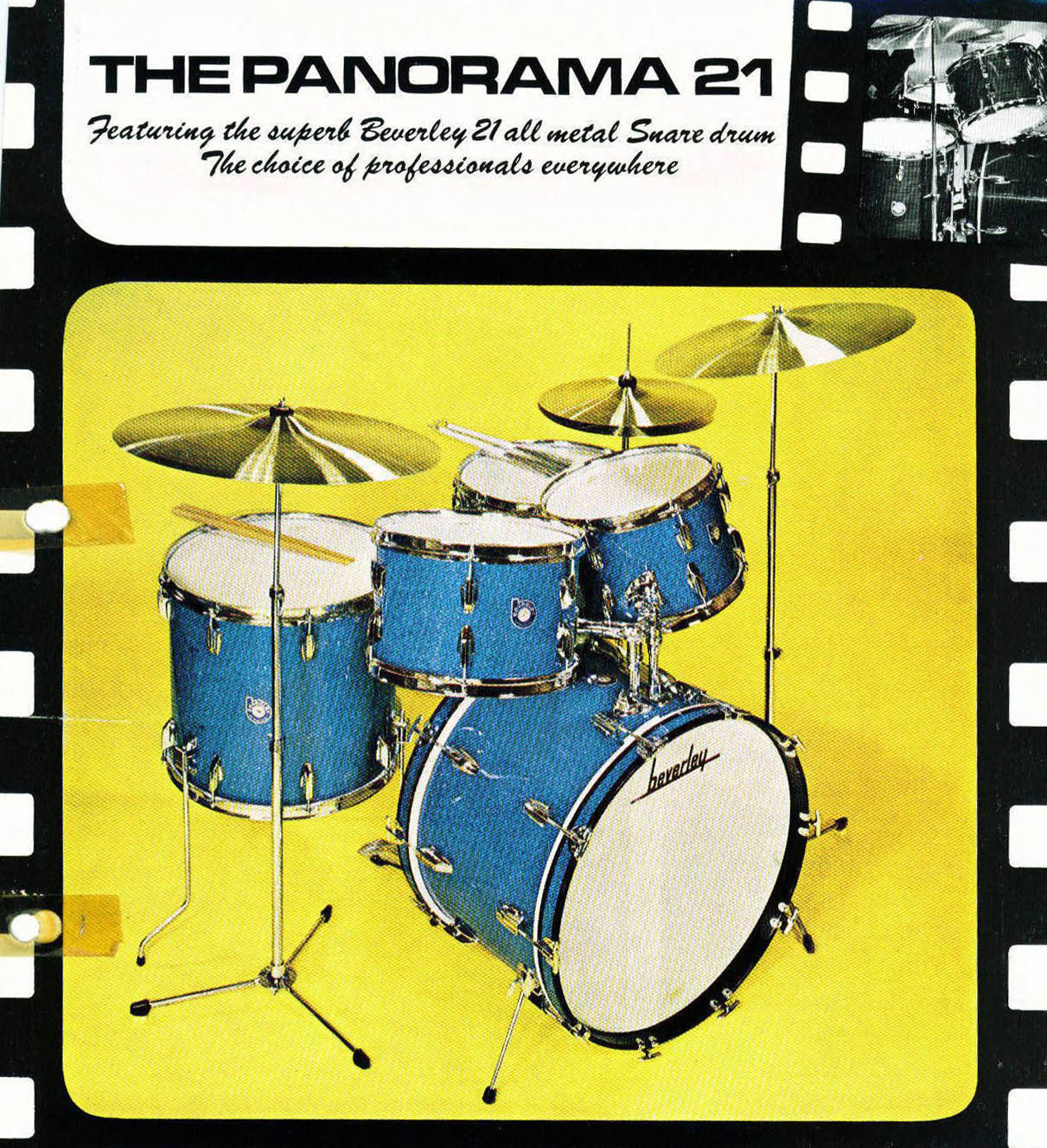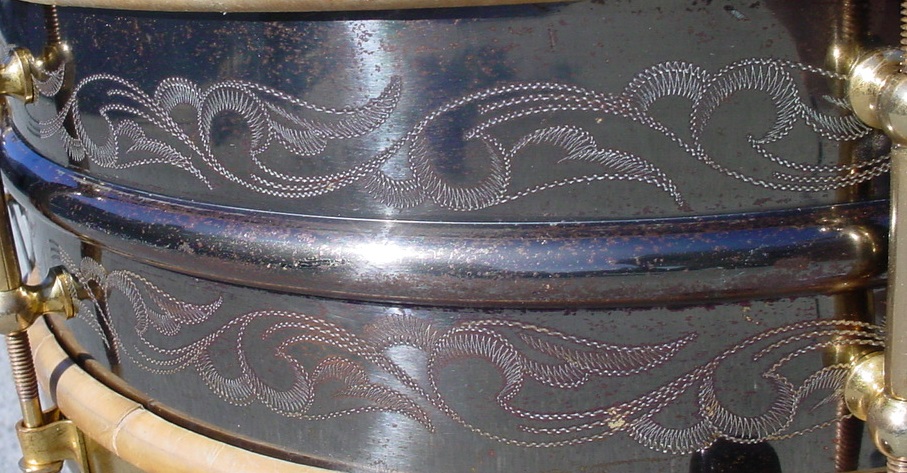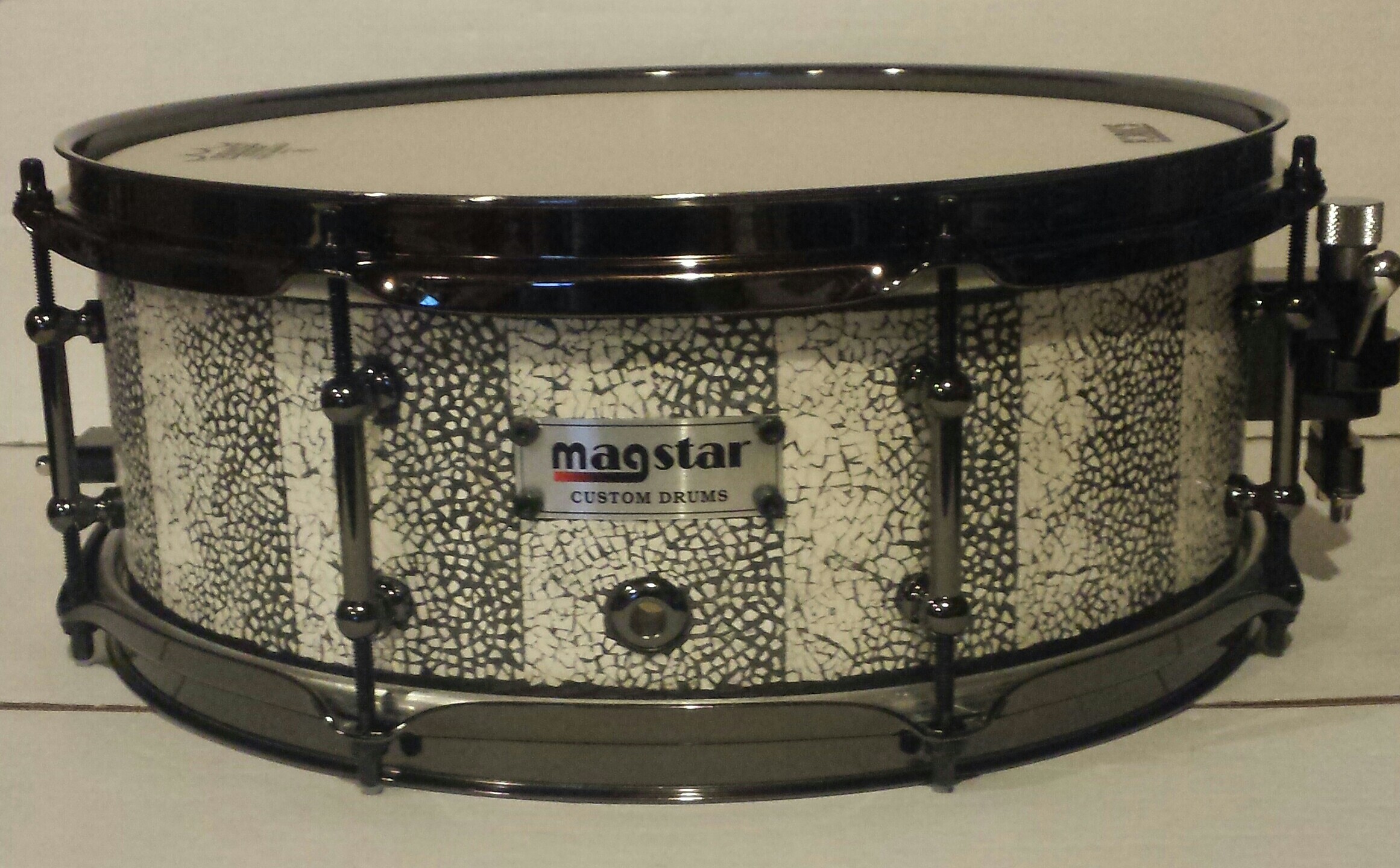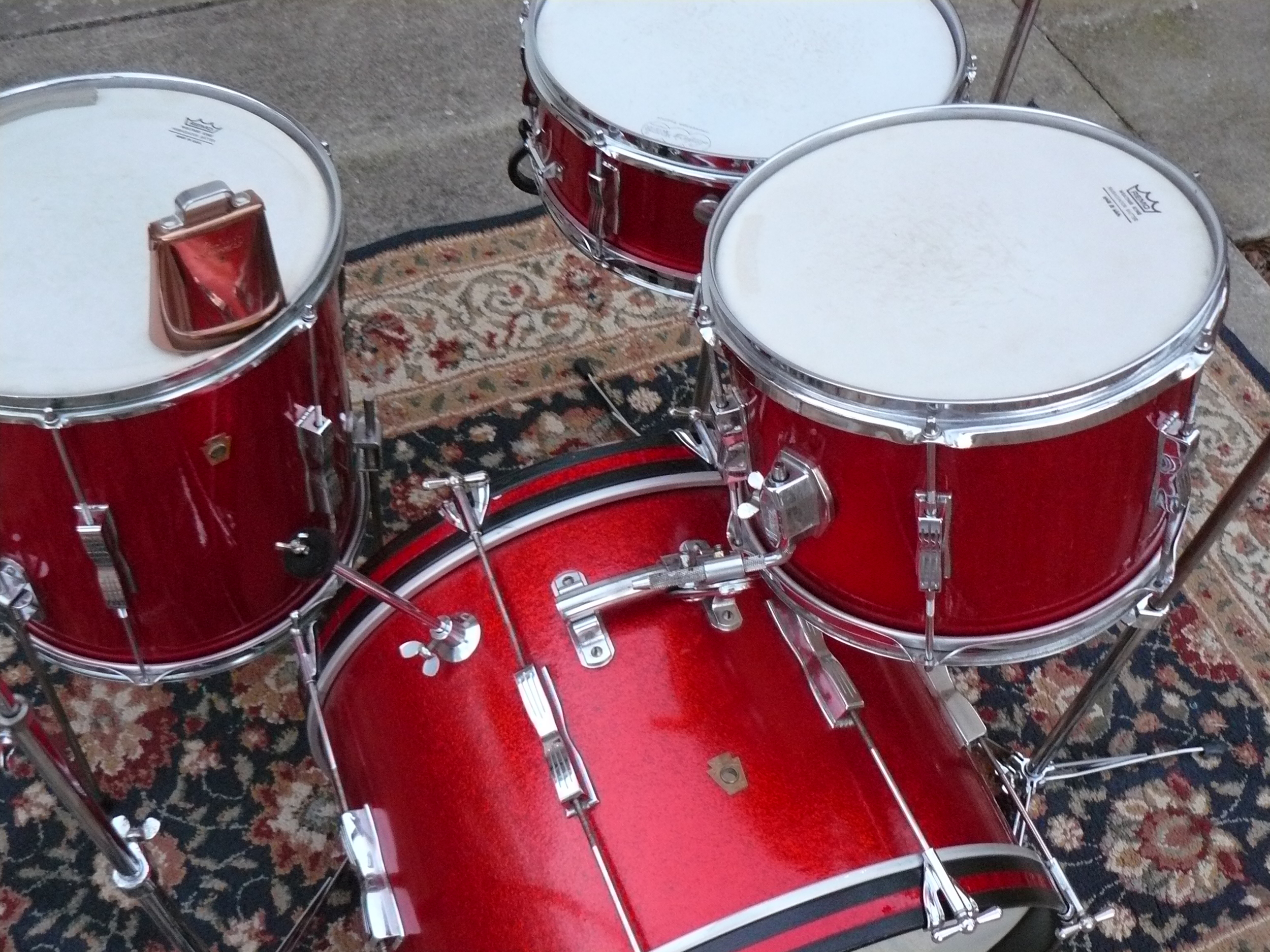“Every Drum Tells a Story…”
This is the first of a monthly series of articles devoted to the story behind some memorable drums because ‘every drum tells a story.’ These drums are snapshots of history, and in many cases also works of art. Indeed, the pinnacle of craftsmanship. Drum history can often be personal, attached to a specific event or memory. It can also be one with provenance; an instrument which was played by a drummer of note. I find it is important to preserve these anecdotes so that a drum may be viewed and appreciated not only on its face value, but on the whole of what it represents. So in that vein, I started off writing about a drum which is indeed all of these things; a drum which I prize personally for the story of its making, the wonderful drummer who designed it, and the mastery of the craft of drum building.
The story begins around 1978 when Poco released their 13th album, Legend. The album produced several hits, including “Crazy Love” and “Heart of the Night”. I was 18 yrs old and playing in a cover band when the album came out. I loved playing in a band with 3-part harmonies and the sound of 12-string Ovation guitars. Our set list had a lot of Eagles, America, Grateful Dead, and soon Poco. The guys in the band gave me a copy of the Legend album and I loved it. The album had the outline of a stallion on the cover, the logo of Poco. I learned all of the songs on Legend and never got tired of playing them. To this day, from George Grantham to George Lawrence on drums, I have been a die-hard fan.
So fast-forward to 2011 (many bands later ☺)… Through my drum collecting and writing, I became acquainted with George Lawrence, the current owner of NSMD magazine and drummer for one of my favorite bands, Poco. Around 2012, George posted a pic of a NSMD black nickel-over-brass, 8” X 14” drum he had engraved with the Poco logo. I was awed by the drum (actually, I was salivating but that doesn’t sound too appealing). The engraving was superb, done by the one and only John Aldridge, the master engraver. The logo reminded of my earliest days at the drums playing those great Poco songs - I really wanted this drum! My opportunity came about a year later when George was looking to sell some personal items to finance the purchase of some property. I jumped at the chance to offer to buy George’s drum. To my surprise, George was willing to part with the drum. He had it drilled for tube lugs and a Dunnett throw-off as I requested. This took quite some time as George was quite busy with his many projects. But in the end it was worth the wait. Here was a drum that represented both my past and present, my admiration for Poco and George Lawrence, and my passion for drums as art. Oh and yes – the drum sounds great too! I’ve been going through a “deep drum” period, so I love the sound of an 8” deep snare.
BTW – John Aldridge told me recently that this was the first 8” drum he ever engraved. He said, “I liked the space so much I bought one to engrave myself, just haven't gotten around to it yet. In addition to this being the first 8x14 I engraved, it was also nerve wracking, as there were no holes to help space the patterns (Note: at this point, this was an undrilled shell). I usually use the lug and strainer holes to center the pattern. For this drum, I found the centers of the snare beds and marked them to give me a starting position. Then I taped together a strip of patterns that I'd drawn and digitized, until I had a strip of panels that circled the drum. I used my snare bed marks to center the butt and strainer panels, which then aligned the rest of the pattern strips around the shell. After that, it was just a day or two of cutting out those huge magnolia flowers. ” So this is my story about the wonderful “Magnolia”/Poco engraved NSMD snare drum.
It is also important to hear George’s tale of the ‘Magnolia” snare; which he shared with me recently:
“In the mid 2000’s, I was looking for a brand name drum company to buy, and wasn't having much luck. When the opportunity to buy ‘Not So Modern Drummer’ (a.k.a. NSMD) arose, I talked with John Aldridge about it. John was the original owner and editor of NSMD. I told him I wasn't really interested in buying a magazine business, but then he mentioned that the Not So Modern Drum Company was included. That swayed me, so I bought it from Bill Ludwig III in 2009. I sold only a few black nickel-over-brass engraved NSMD drums a year, and kept a demo of each size drum in stock. I planned on increasing the output at some point. Every time I would decide to keep an engraved drum for myself, I ended up having to sell it to a customer who did not want to wait for John to engrave another one. So in 2011, I asked John to engrave a personalized drum for me that I never intended to sell. I decided on an 8"x14" black nickel-over-brass model. I figured not too many drummers would be asking for a brass drum in that depth. I had John engrave my name, the state flower of my home state, Mississippi, - the magnolia- and one of the logos of the band I've been playing with for ten years - POCO. Magnolia was also the name of a J.J. Cale song that we performed frequently. The rest of the art I left up to John and he did his usual superb flowing lines that tied the stylized elements together.
The original Poco horse was drawn for Poco's Legend album by a famous comedian, the late Phil Hartman. Phil's brother, John, was Poco's manager. I had John Aldridge engrave an undrilled shell, knowing that I would be hesitant to drill into an already engraved shell (helping resist the urge to sell). I gave the drum the name "Magnolia". It sat in a special place on a shelf in my workshop and I considered it a piece of art that might not ever have hardware attached to it. In 2013, I found a great cash deal on some land in Gatlinburg, Tennessee, in the Smoky Mountains and need to raise money quickly to take advantage of it. I had always regretted selling the cabins that my family owned in that area and had recently decided that I wanted to build a vacation cabin there. So, I sold a lot of my rare instruments including this drum to pay for that land. I do not regret it for a moment and am glad that it was bought by a well known drum collector, Robert Campbell, who I know will value it for John's engraving and for the Poco history associated with it. It took me months to find undisturbed time to get it drilled and put together and I appreciated his patience…”
So off to find another drum, another story to tell, and a piece of drum history to share. See you next month!





